
Filter News
Area of Research
News Topics
- (-) Buildings (42)
- 3-D Printing/Advanced Manufacturing (56)
- Advanced Reactors (7)
- Artificial Intelligence (52)
- Big Data (33)
- Bioenergy (29)
- Biology (45)
- Biomedical (23)
- Biotechnology (15)
- Chemical Sciences (37)
- Clean Water (14)
- Composites (17)
- Computer Science (76)
- Coronavirus (10)
- Critical Materials (11)
- Cybersecurity (5)
- Education (2)
- Emergency (3)
- Energy Storage (36)
- Environment (77)
- Exascale Computing (27)
- Fossil Energy (4)
- Frontier (25)
- Fusion (20)
- Grid (26)
- High-Performance Computing (64)
- Hydropower (1)
- Isotopes (29)
- ITER (6)
- Machine Learning (24)
- Materials (56)
- Materials Science (48)
- Mathematics (8)
- Mercury (3)
- Microelectronics (2)
- Microscopy (14)
- Molten Salt (1)
- Nanotechnology (12)
- National Security (41)
- Neutron Science (43)
- Nuclear Energy (21)
- Partnerships (29)
- Physics (12)
- Polymers (10)
- Quantum Computing (25)
- Quantum Science (34)
- Security (11)
- Simulation (24)
- Space Exploration (7)
- Statistics (4)
- Summit (23)
- Transportation (36)
Media Contacts
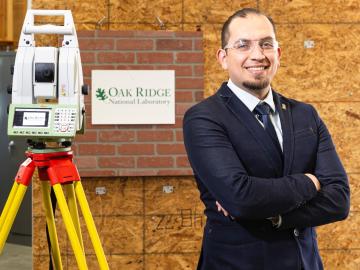
As a mechanical engineer in building envelope materials research at ORNL, Bryan Maldonado sees opportunities to apply his scientific expertise virtually everywhere he goes, from coast to coast. As an expert in understanding how complex systems operate, he’s using machine learning methods to control the process and ultimately optimize performance.
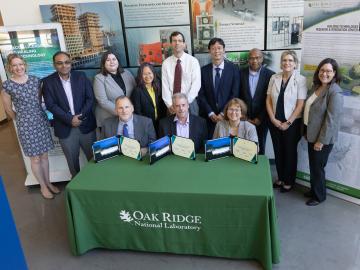
Flexcon Global has exclusively licensed two patented inventions to manufacture a self-healing barrier film from ORNL for research and development purposes. The film can be incorporated into vacuum insulation panels to increase the efficiency of buildings during retrofits. Under a cooperative research and development agreement that began in 2021, Flexcon and ORNL have been exploring the capabilities of the technology and fine-tuning its properties.
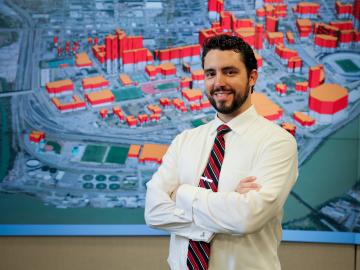
ORNL’s Joshua New was named the 2024 Researcher of the Year by R&D World magazine as part of its R&D 100 Professional Award winners.
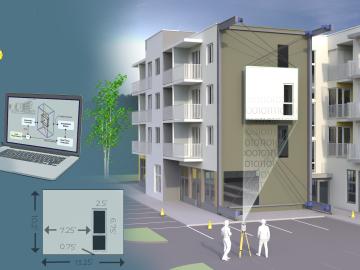
A digital construction platform in development at Oak Ridge National Laboratory is boosting the retrofitting of building envelopes and giving builders the tools to automate the process from design to installation with the assistance of a cable-driven robotic crane.

Seven entrepreneurs comprise the next cohort of Innovation Crossroads, a DOE Lab-Embedded Entrepreneurship Program node based at ORNL. The program provides energy-related startup founders from across the nation with access to ORNL’s unique scientific resources and capabilities, as well as connect them with experts, mentors and networks to accelerate their efforts to take their world-changing ideas to the marketplace.
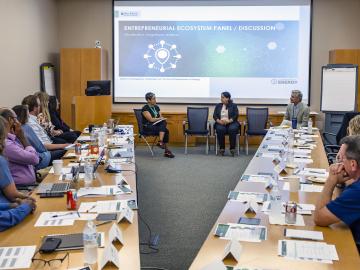
Five researchers at the Department of Energy’s Oak Ridge National Laboratory recently completed an eight-week pilot commercialization coaching program as part of Safari, a program funded by DOE’s Office of Technology Transitions, or OTT, Practices to Accelerate the Commercialization of Technologies, or PACT.

Researchers at Oak Ridge National Laboratory have developed free data sets to estimate how much energy any building in the contiguous U.S. will use in 2100. These data sets provide planners a way to anticipate future energy needs as the climate changes.
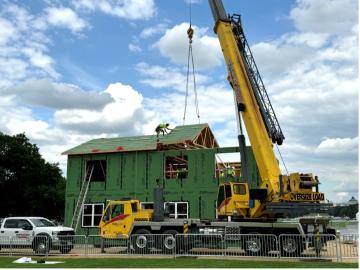
Building innovations from ORNL will be on display in Washington, D.C. on the National Mall June 7 to June 9, 2024, during the U.S. Department of Housing and Urban Development’s Innovation Housing Showcase. For the first time, ORNL’s real-time building evaluator was demonstrated outside of a laboratory setting and deployed for building construction.
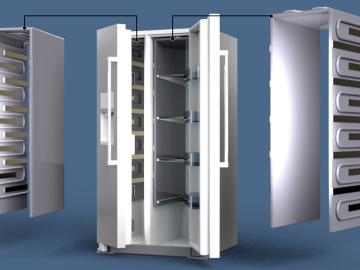
A technology developed by Oak Ridge National Laboratory works to keep food refrigerated with phase change materials, or PCMs, while reducing carbon emissions by 30%.
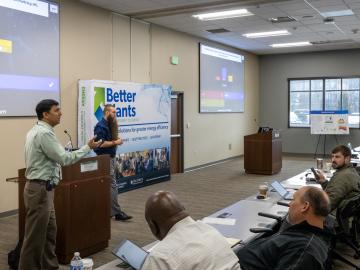
Helping hundreds of manufacturing industries and water-power facilities across the U.S. increase energy efficiency requires a balance of teaching and training, blended with scientific guidance and technical expertise. It’s a formula for success that ORNL researchers have been providing to DOE’s Better Plants Program for more than a decade.


